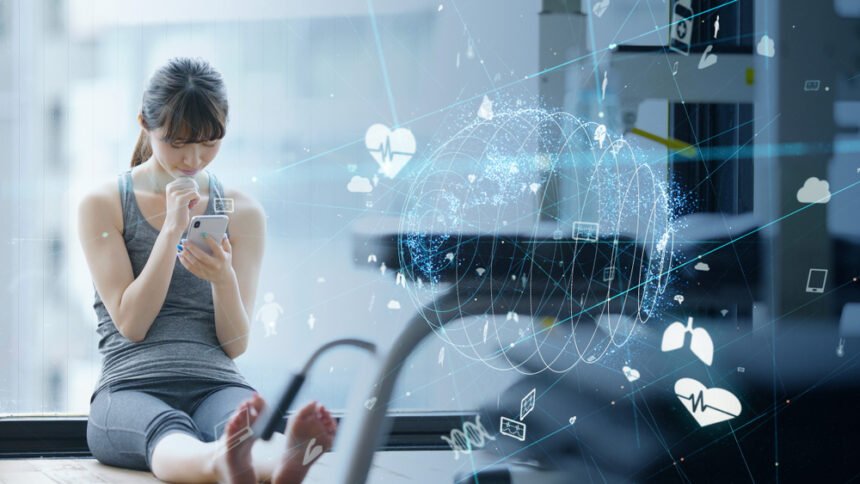The fitness industry has enjoyed unprecedented growth during the past decade. This growth can be attributed to the reach and exposure that the internet is able to grant the slew of fitness-related content and influencers on the internet. However, this is only the beginning, especially with technologies like the Internet of Things.
The Internet of Things is not a technological revolution, but rather, it is a different method of interacting with the technologies that we currently have. This statement holds true in the fitness industry in the form of smart bike trainers, wearables, and IoT-enabled fitness equipment. Here are the ways that the fitness industry can further benefit from the Internet of Things.
Shareable Tracking Data
Tracking data is important in fitness because this allows trainers and gym-goers to track their progress. There are many instances wherein a gym member stops going to the gym because it may feel demotivating when they’re unable to see any progress. Shareable tracking data will also help trainers determine the best approach to take with a client.
Smarter Sensors
There was once a time when heart rate monitors were something that only a few devices had. Now, almost every smartwatch has more than just a heart rate monitor. As sensors become more advanced, so too does the accuracy and depth of the insights derived from our wearables. This information can potentially save lives through features like fall detection, which is able to detect when the wear has lost balance and has fallen, at which point the device also calls nearby emergency personnel.
VR Augmentation
Virtual reality augmentation allows users to enjoy an immersive exercise experience right from the comfort and safety of their homes. This is especially important during times such as a public health emergency or when there simply isn’t a gym nearby. Through VR, trainers can conduct their classes without the need to have participants physically present. VR also allows for better online training because information is readily available. This is especially valuable for beginners who still need to master perfecting their form and technique.
There are many workouts, such as planks, that beginners dislike because they don’t seem to do anything for the body. However, Steel Supplements argued in a blog post that planks are actually some of the best core workouts as long as you’re able to perfect them properly. It’s one thing to simply read instructions, and another to see how it’s done and to have a trainer correct your form in real time through VR.
Improved Nutrition Monitoring
Nutrition monitoring is one of the less exciting aspects of fitness not only because it entails a lot of discipline, but also because it’s difficult to constantly track your food intake. Through IoT, since user data can be shared across a wide variety of devices, it’s completely possible to set your appliances in such a way that your health data is synced across your appliances. For example, if your wearable detects that you’re low on protein, your smart fridge can suggest a meal for you based on what’s in your fridge and what food you need in order to meet your daily nutrition requirements.
These applications are only the tip of the iceberg of what the internet of things can do the fitness industry. As the technology is further improved, it’s very likely that new uses will also be developed. Stay tuned for future updates.










